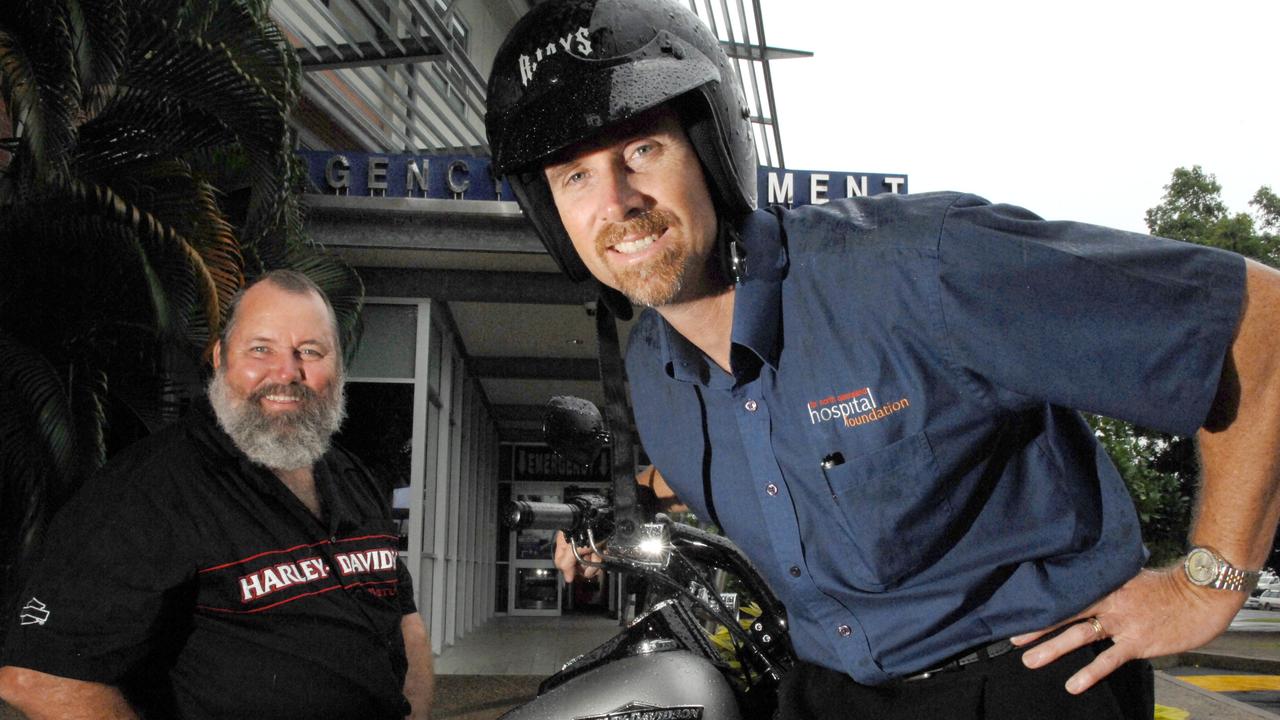Artificial intelligence and multi-beam sonar to stop croc attacks
Multi-beam sonar and loud underwater noises will be tested in the field at Cape York this year under a multimillion overhaul of the Be Crocwise program.
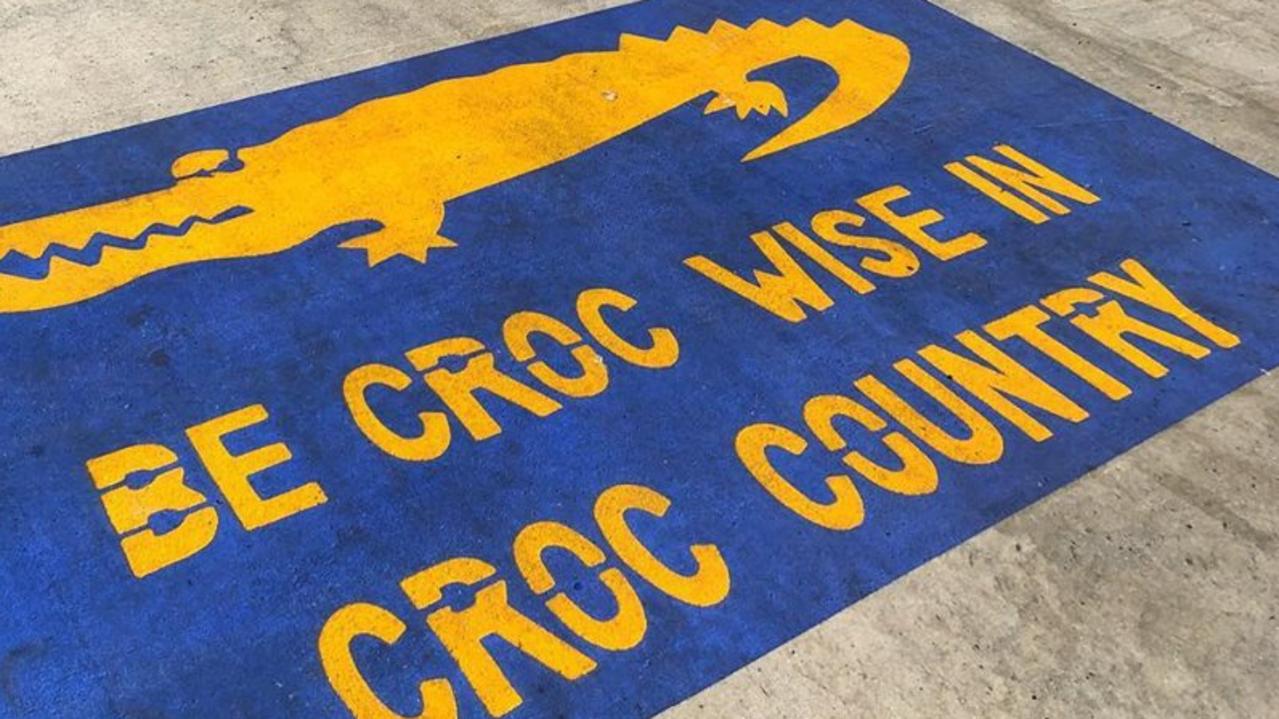
Cairns
Don't miss out on the headlines from Cairns. Followed categories will be added to My News.
Detect and deter technology including multi-beam sonar and loud underwater noises will be tested in the field at Cape York this dry season under a multimillion overhaul of the Be Crocwise program.
Research and development projects to promote public safety have been partly in response to 11 croc attacks in Queensland since 2020, including the fatal attacks on yachtie Andy Heard at Hinchinbrook Island and Laura publican Kevin Darmody at Cape York last year.
By comparison, in the 13 years to 2020 there were only 16 attacks recorded, according to Department of Environment data.
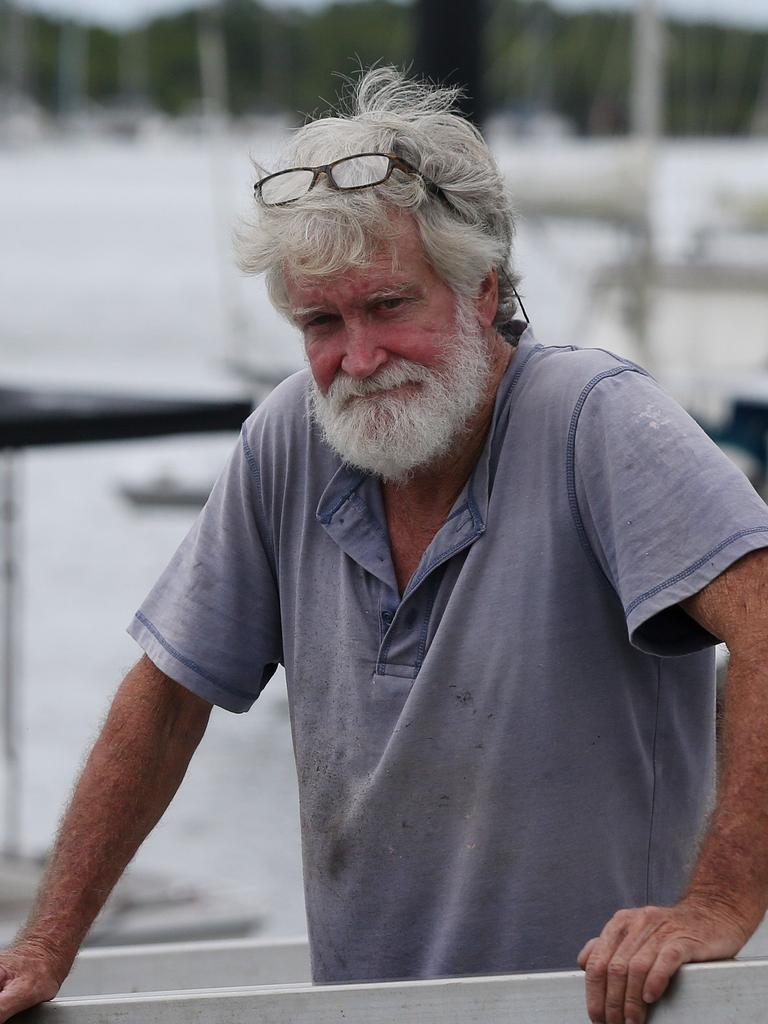

Multi-beam sonar technology and artificial intelligence software has progressed to the proof-of-concept phase after being announced as part of a $4.175m suite of measures to reduce the growing number of attacks.
A further $300,000 per year ongoing will support technical research and development, and Crocwise initiatives to promote public safety in croc country.
Research and development projects involve the design of a device that will emit loud underwater noises in high-use swimming and picnic areas.
“We are also working with zoos and aquariums in croc country to deliver collaborative Be Crocwise displays that are informative, interactive and accessible,” a Department of Environment spokesman said.
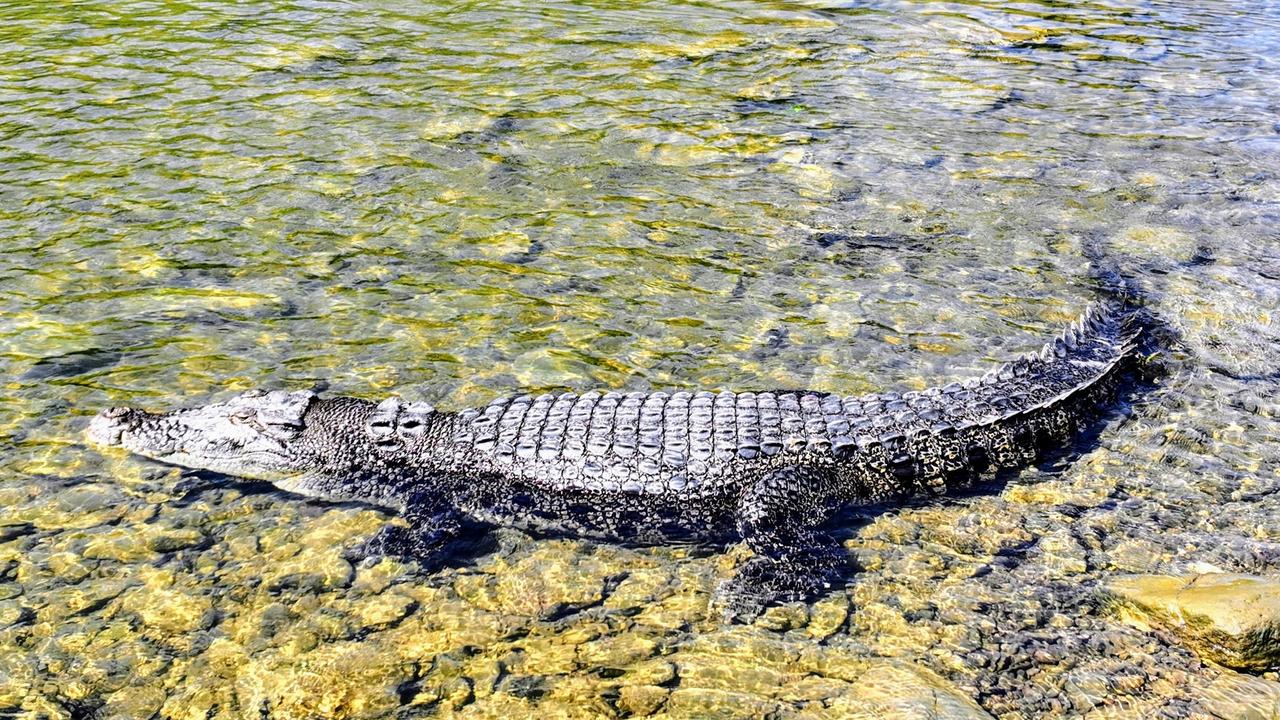
“Displays will broaden the reach of the Be Crocwise program and help the tourism sector disseminate crocodile safety messages.”
Negotiations are under way with research institutions to develop projects that focus on public attitudes and behavioural psychology in different parts of croc country, according to the department.
The Mulgrave River at Goldsborough is considered unsuitable for previously announced small-scale physical barriers to prevent crocodile attacks due to wet season water flow.

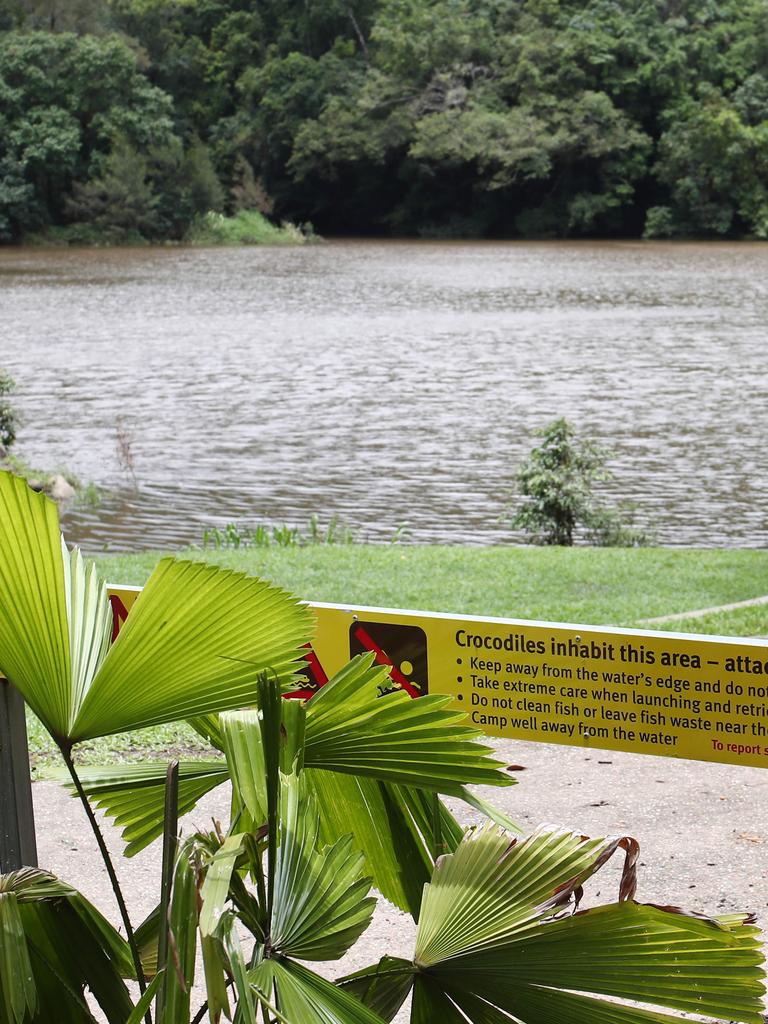
And a barrier on the Barron River at Lake Placid would require the construction of a large weir spanning the river and adjacent land.
“Any proposal for such a barrier would need to consider the potential inundation of large sections of riverbank and parkland upstream of the barrier, as well as whether such a barrier would be effective in keeping crocodiles out,” a spokesman said.
The Environment Department has declined to state if any Far North waterways are suitable for barriers but “collaboration with local governments” is ongoing and infrastructure projects will kick off in 2024-25.
The $12m funding over four years includes funding for two additional CrocWise officers and the enhanced Be CrocWise strategy.
A new Be Crocwise public safety strategy will be released later this year.
More Coverage
Originally published as Artificial intelligence and multi-beam sonar to stop croc attacks



